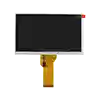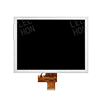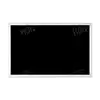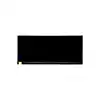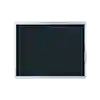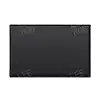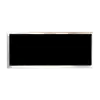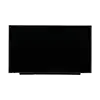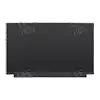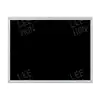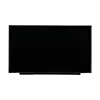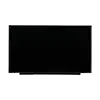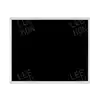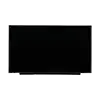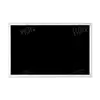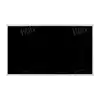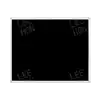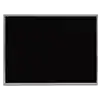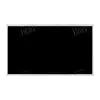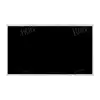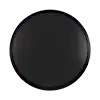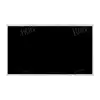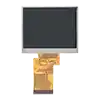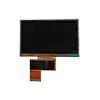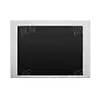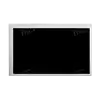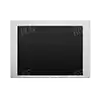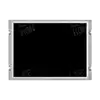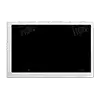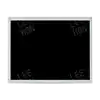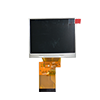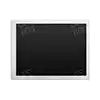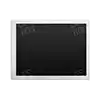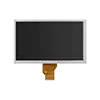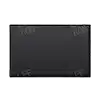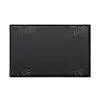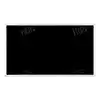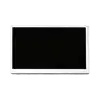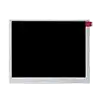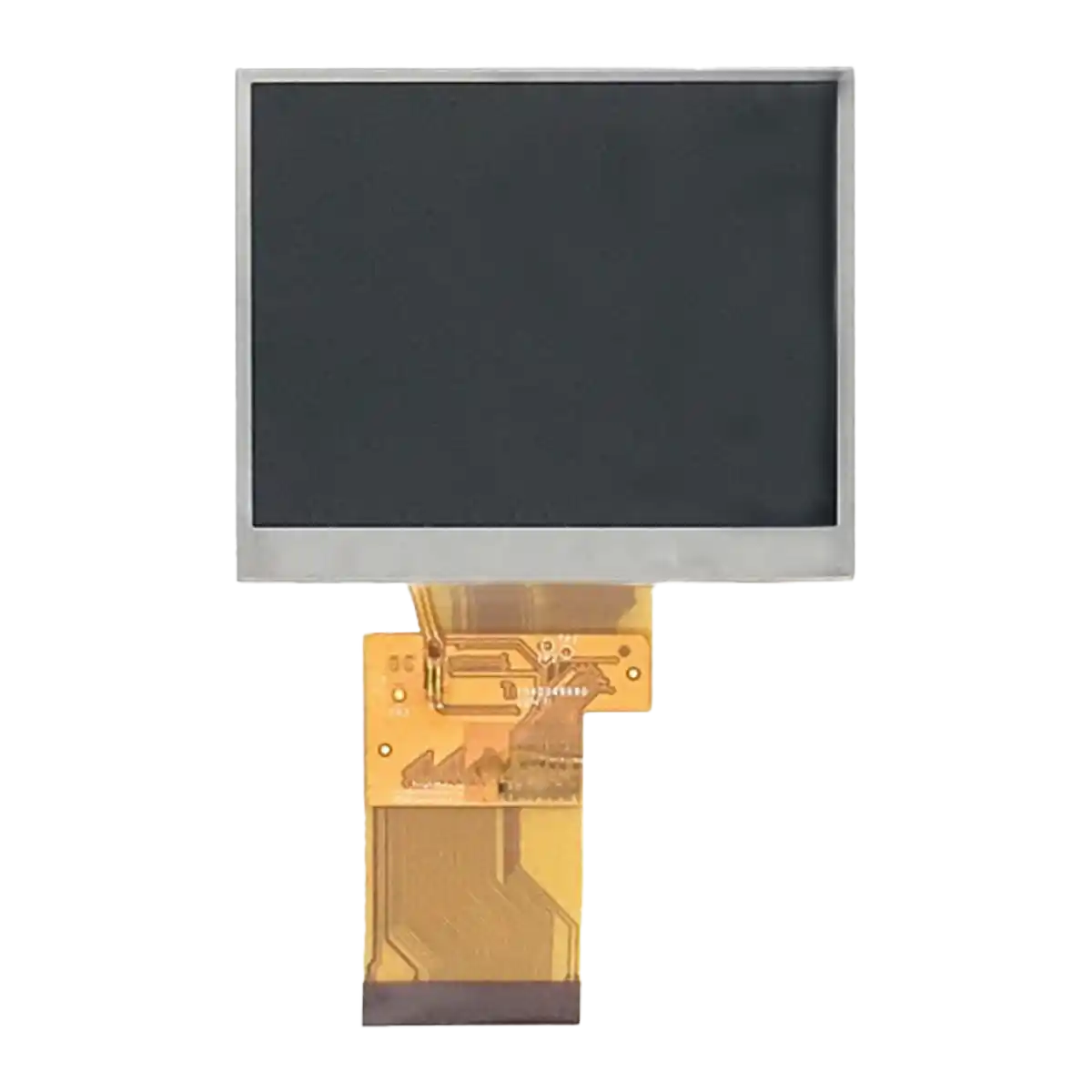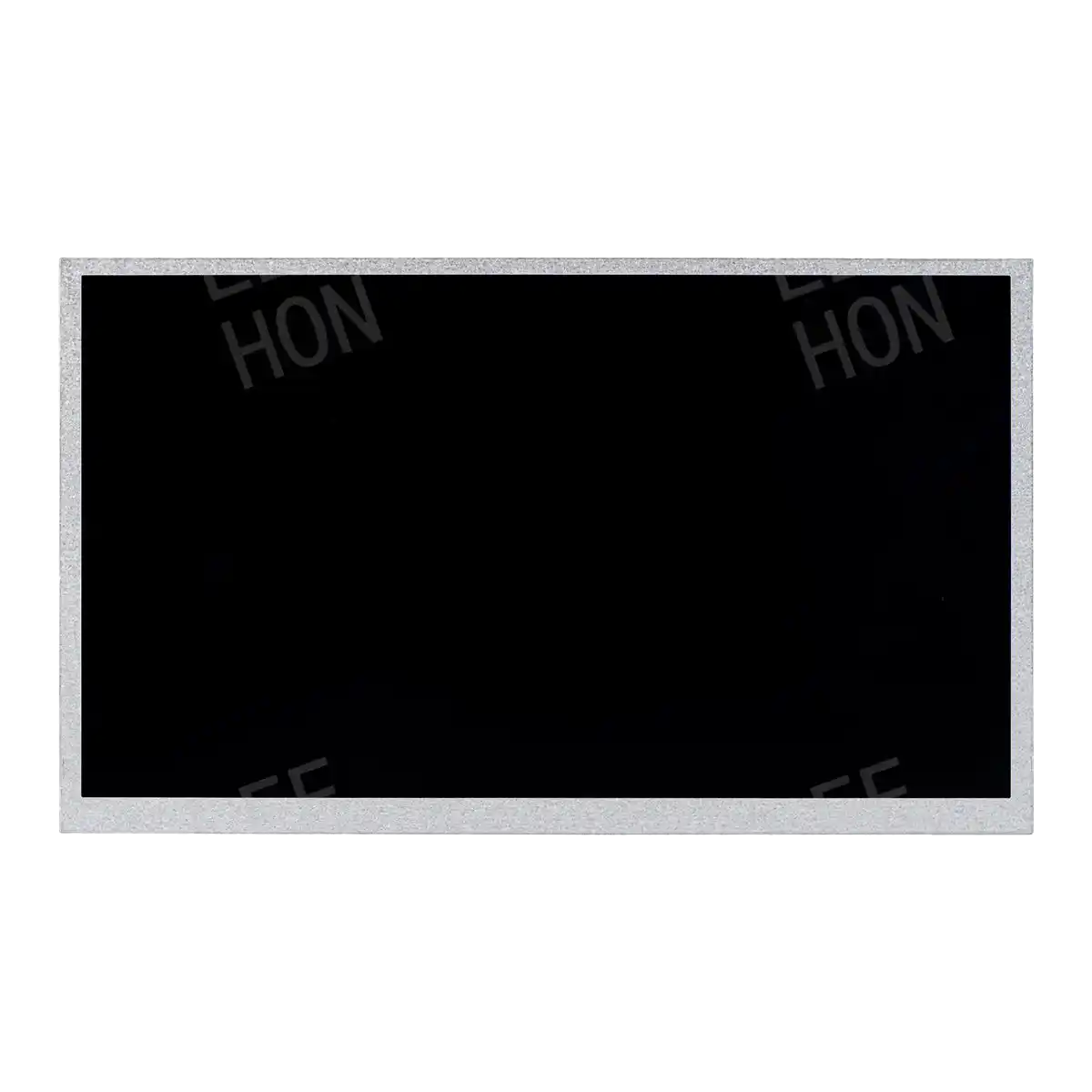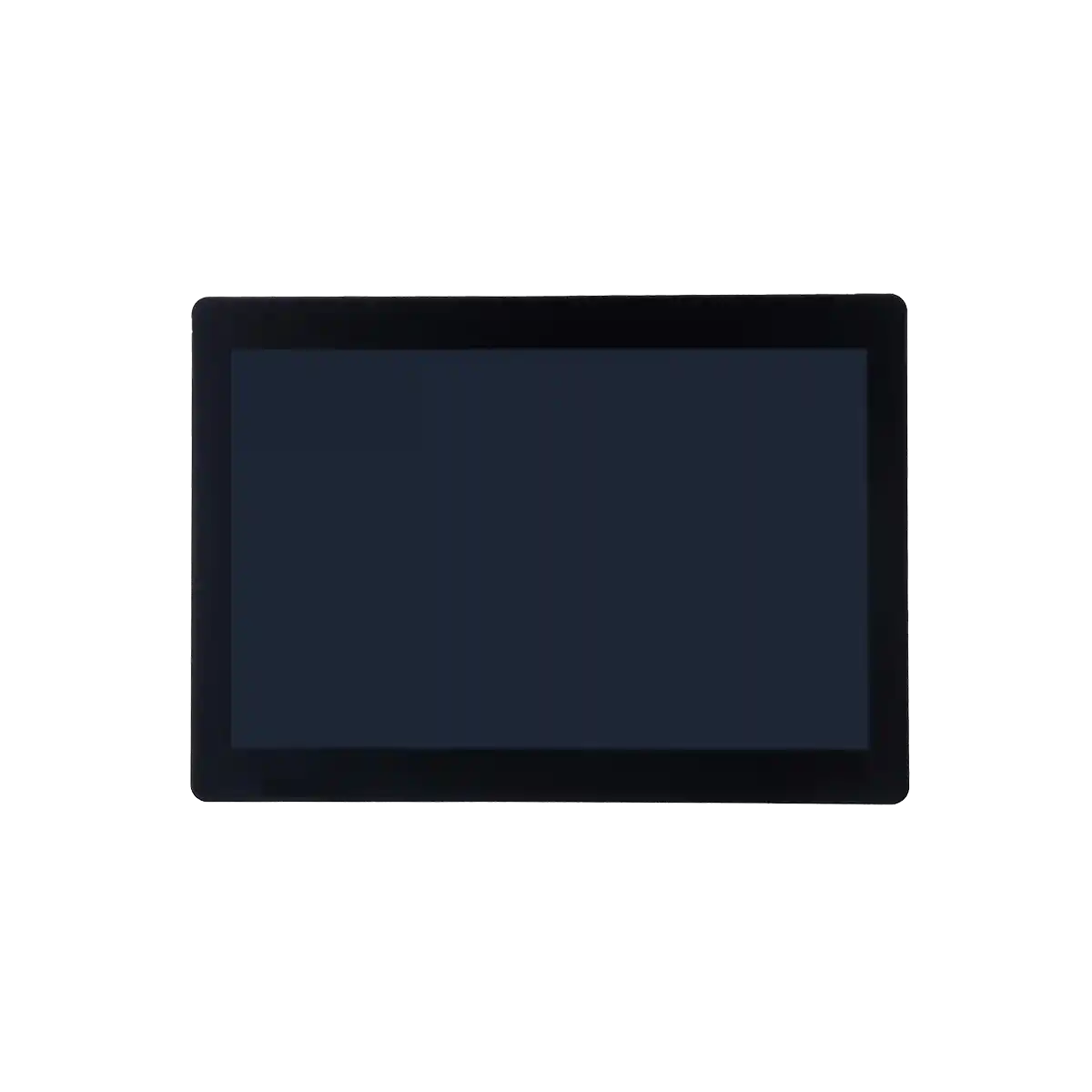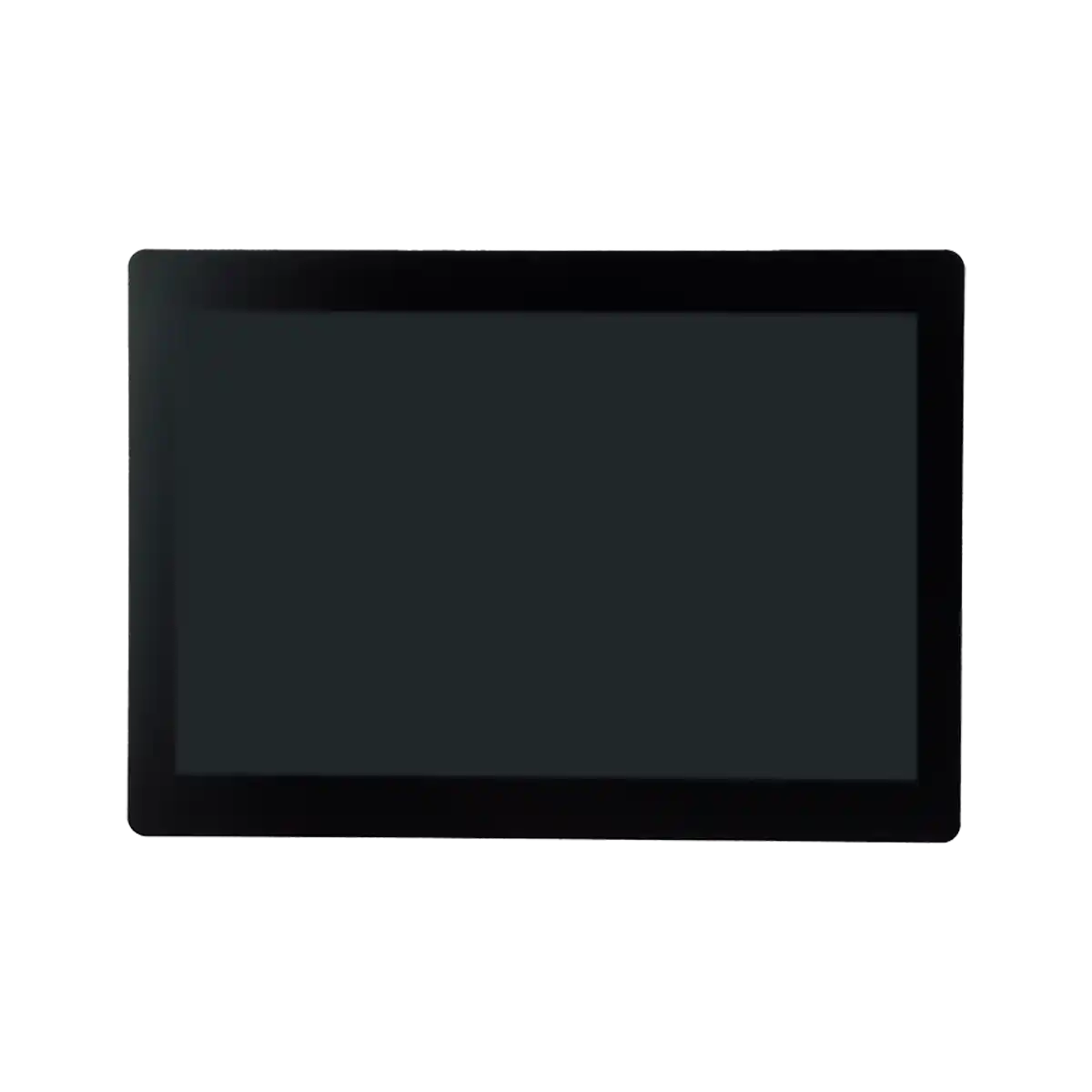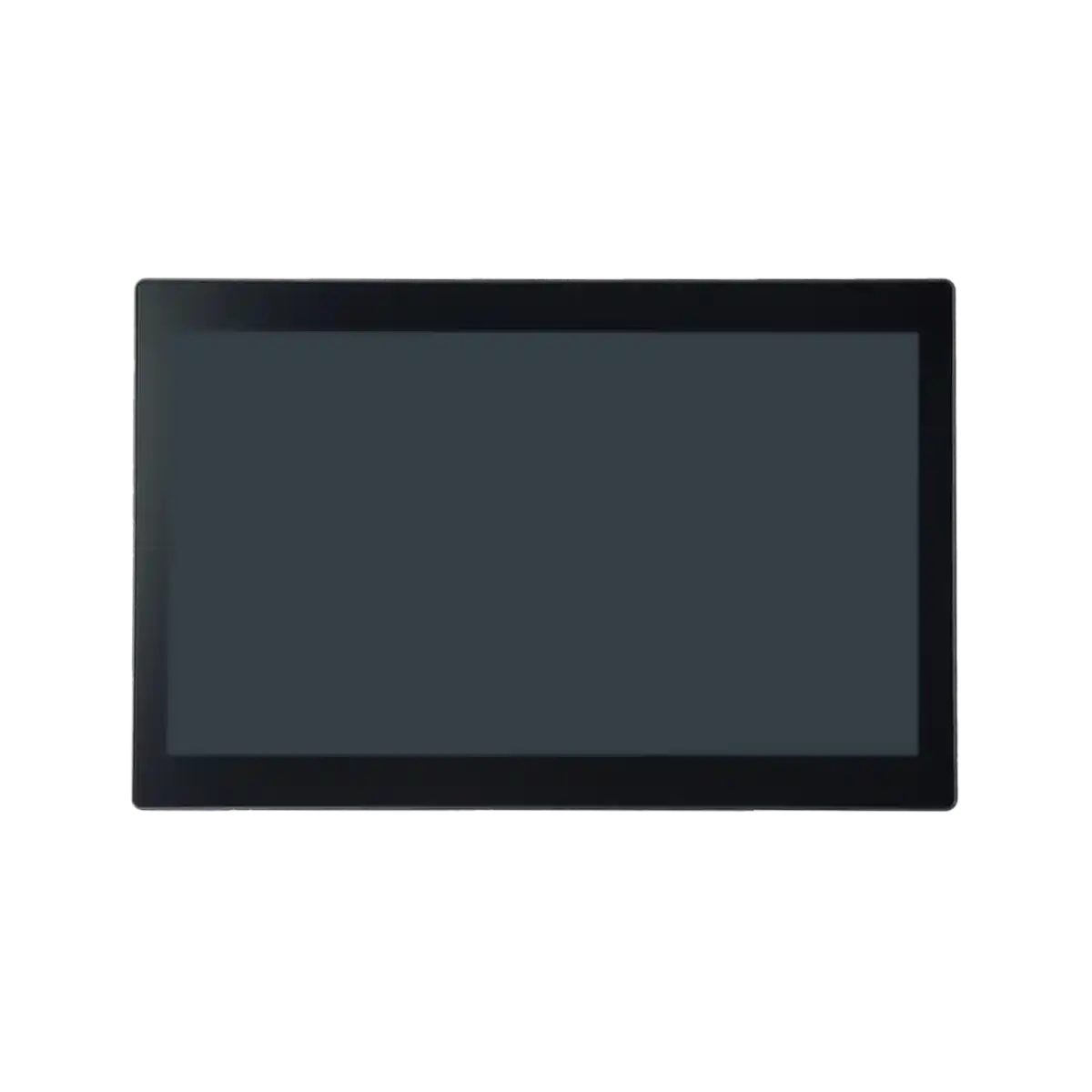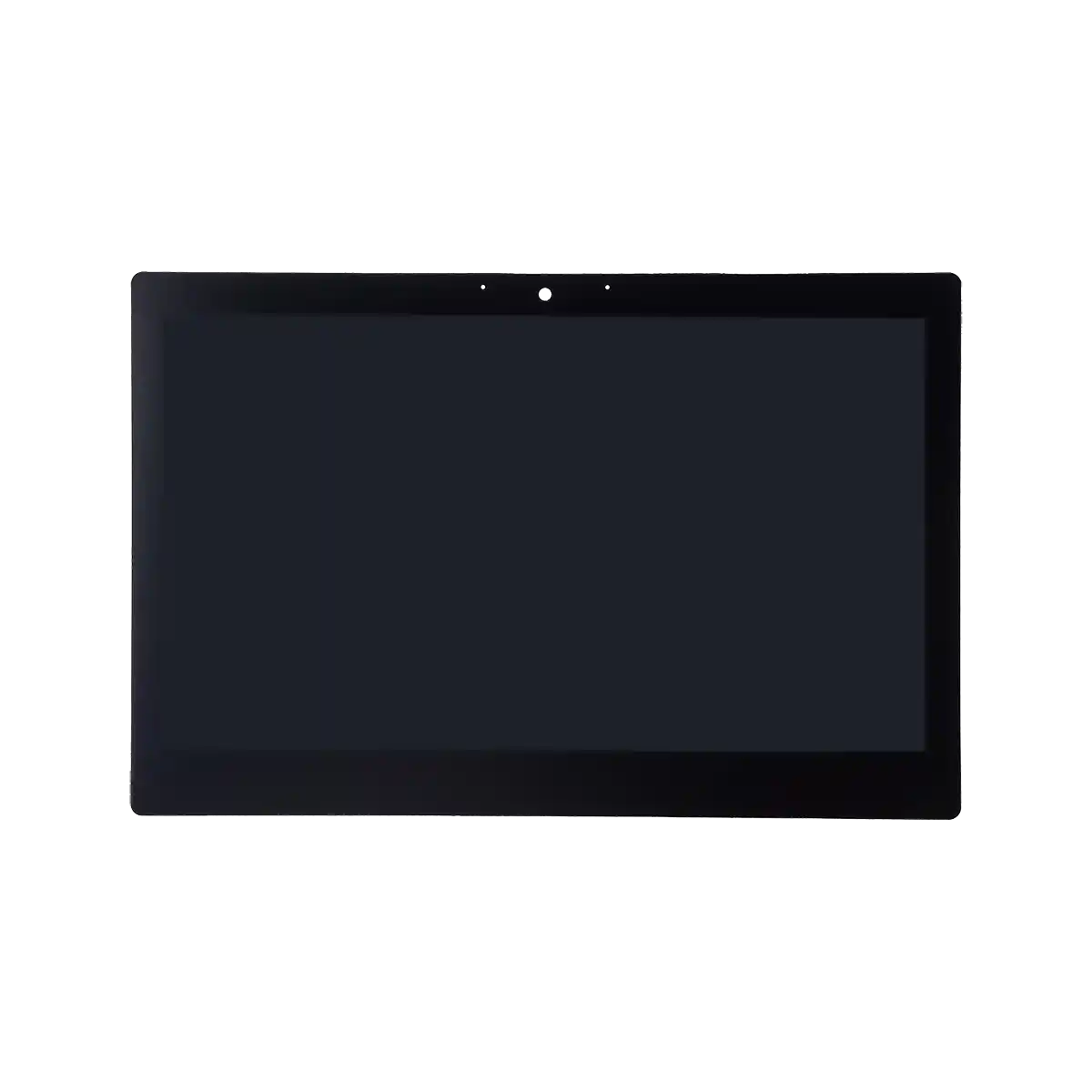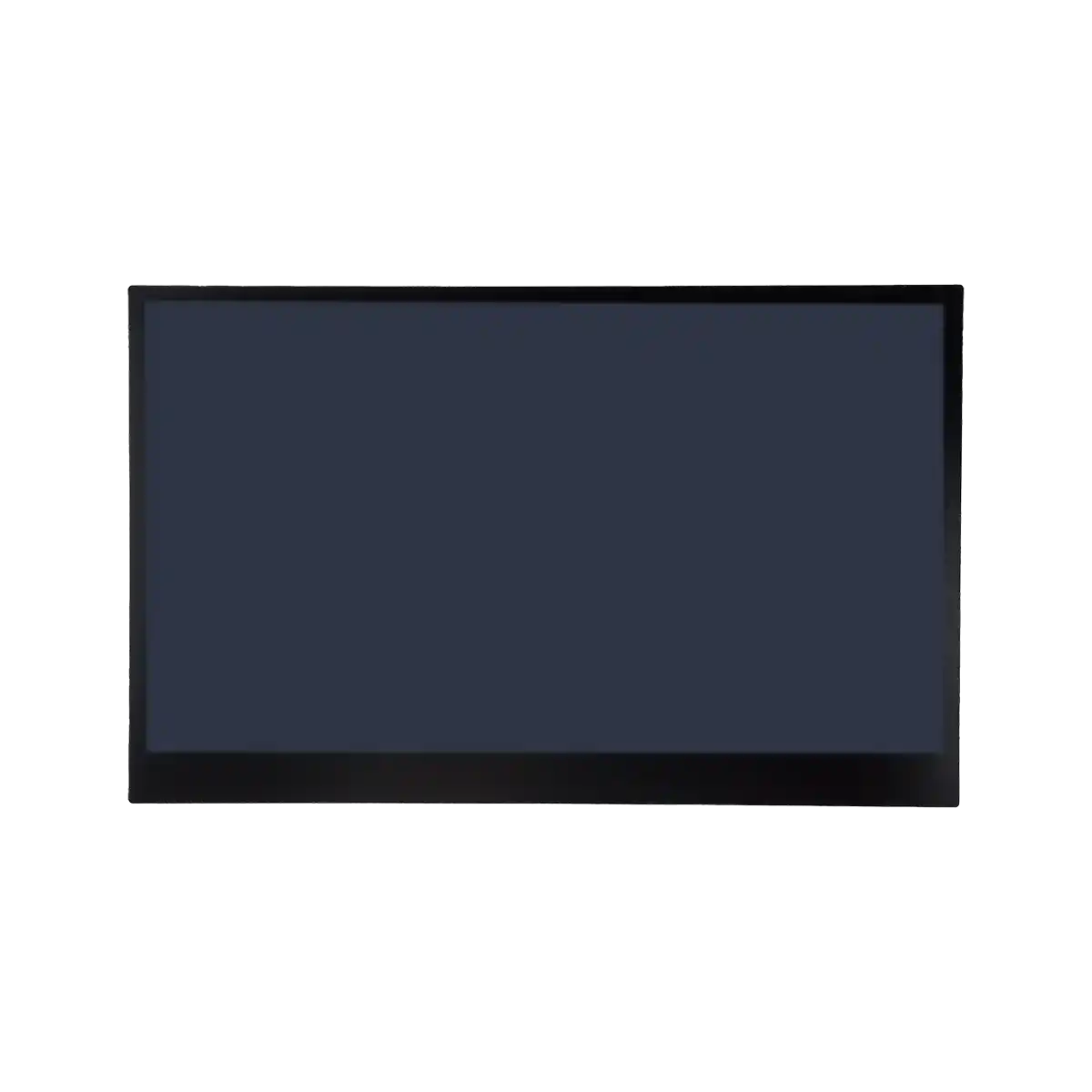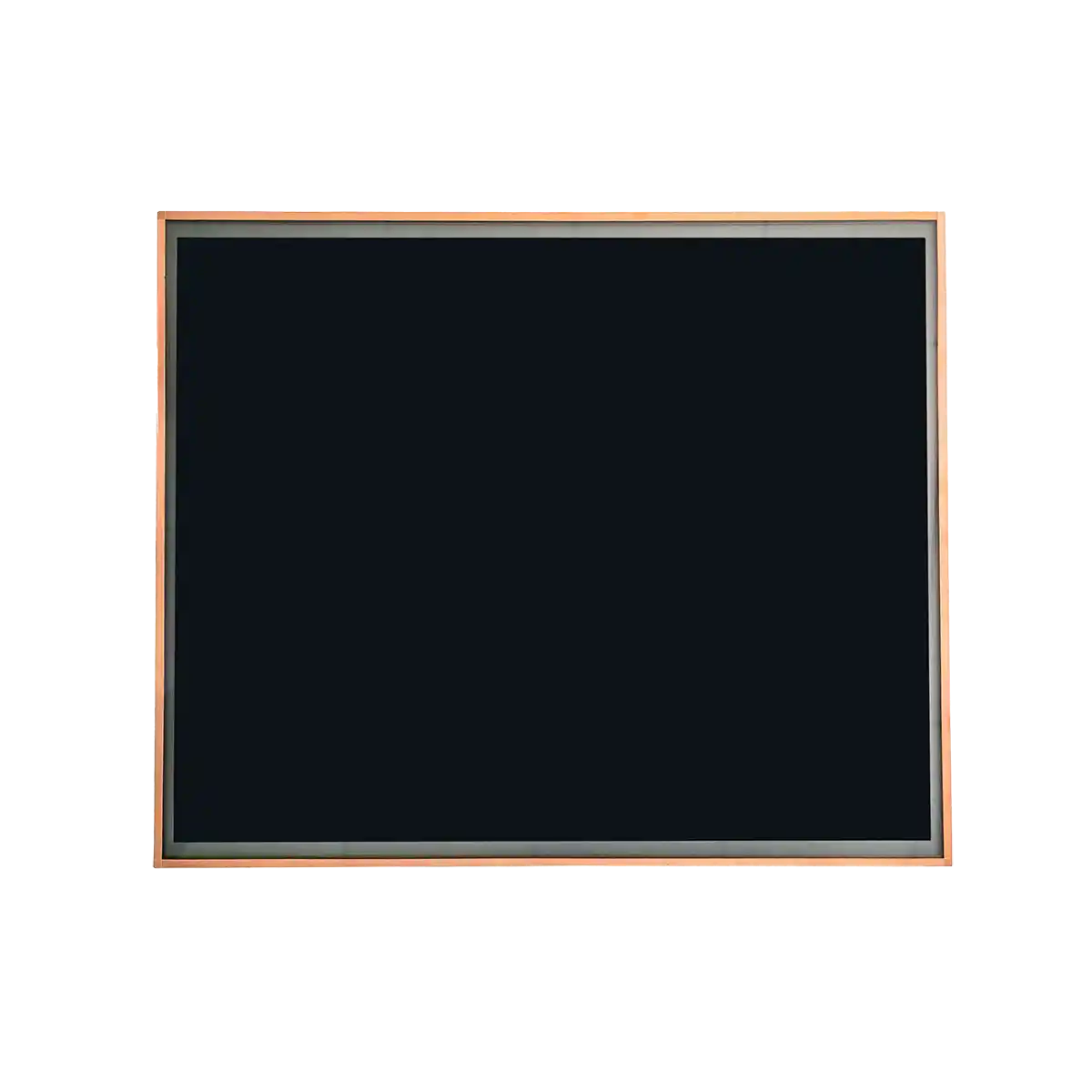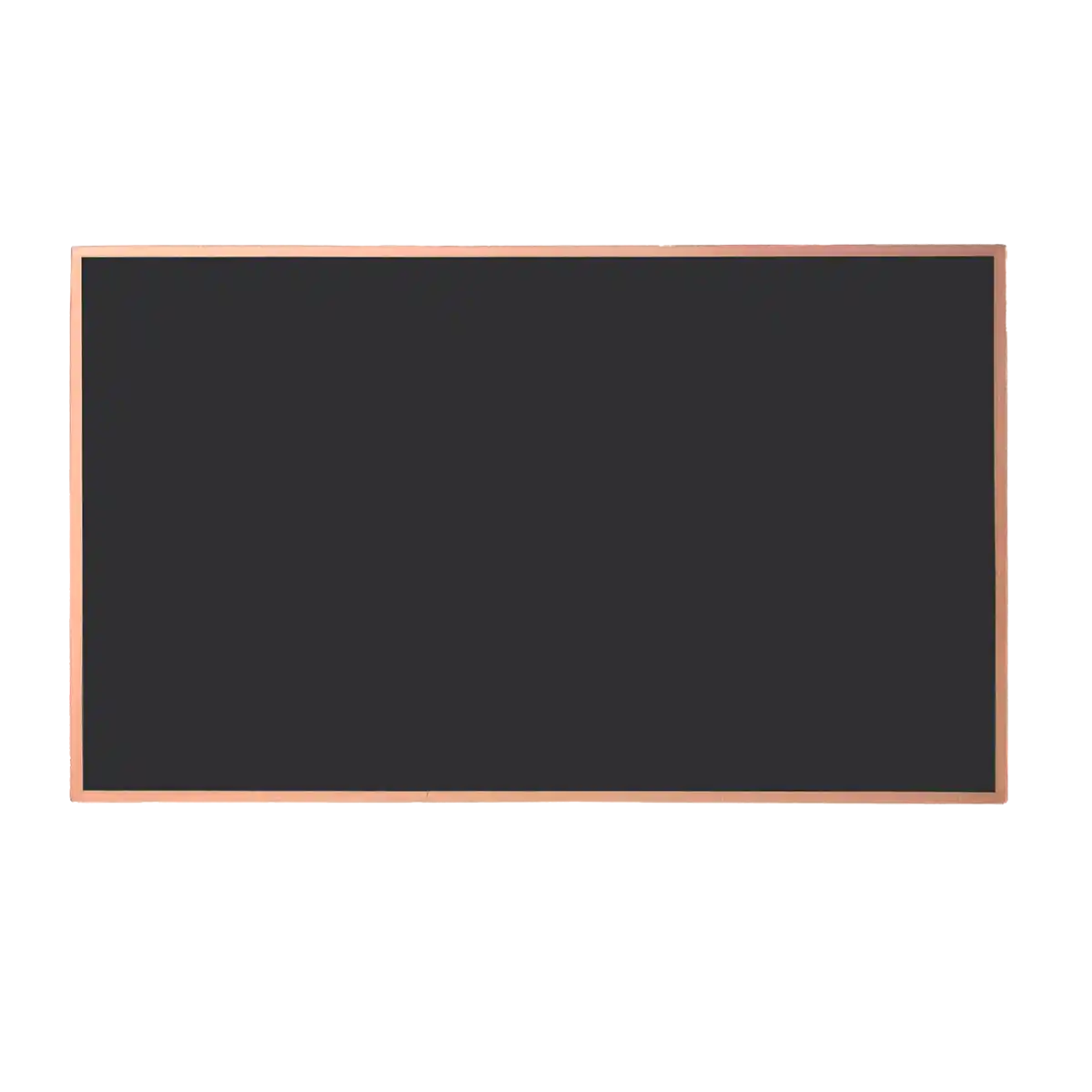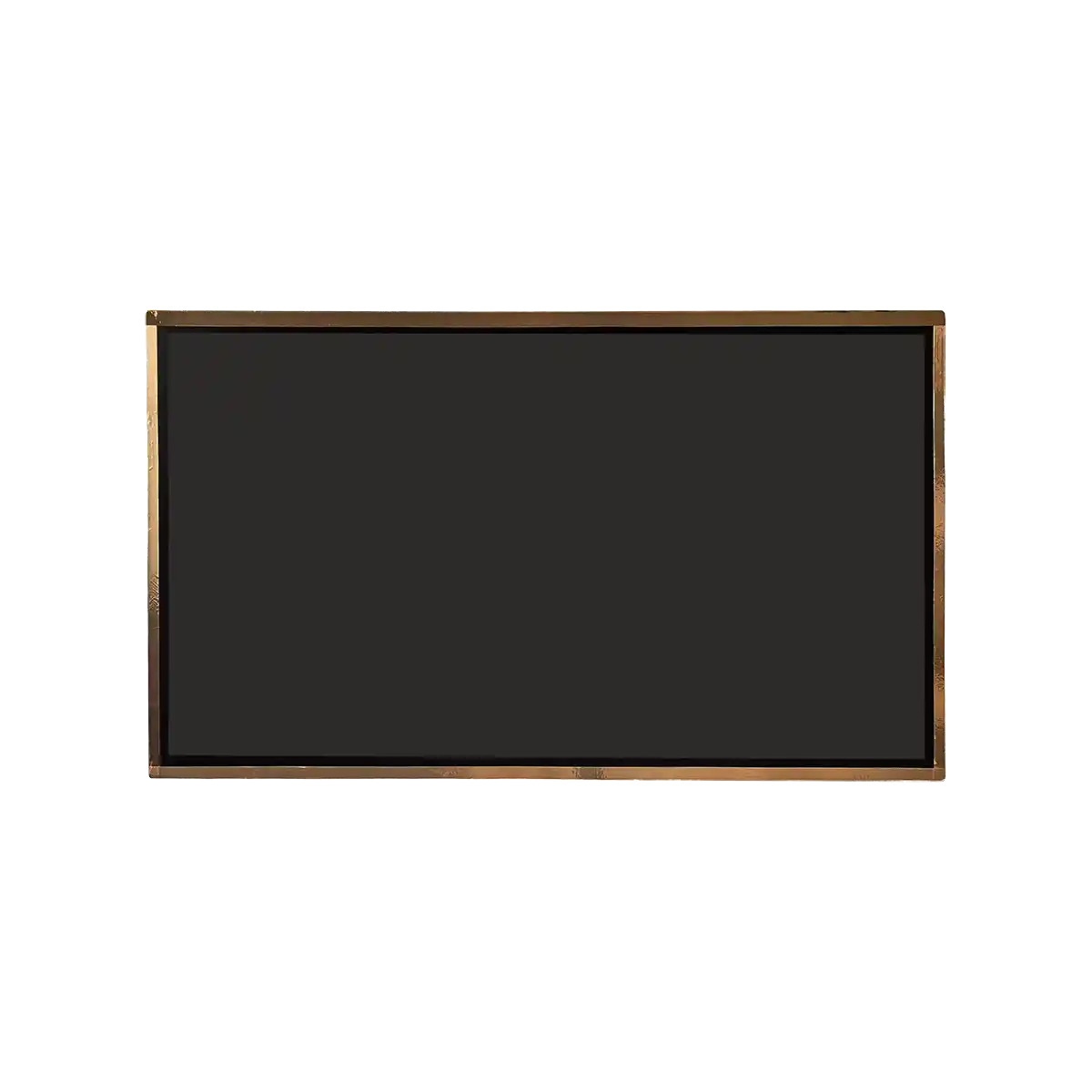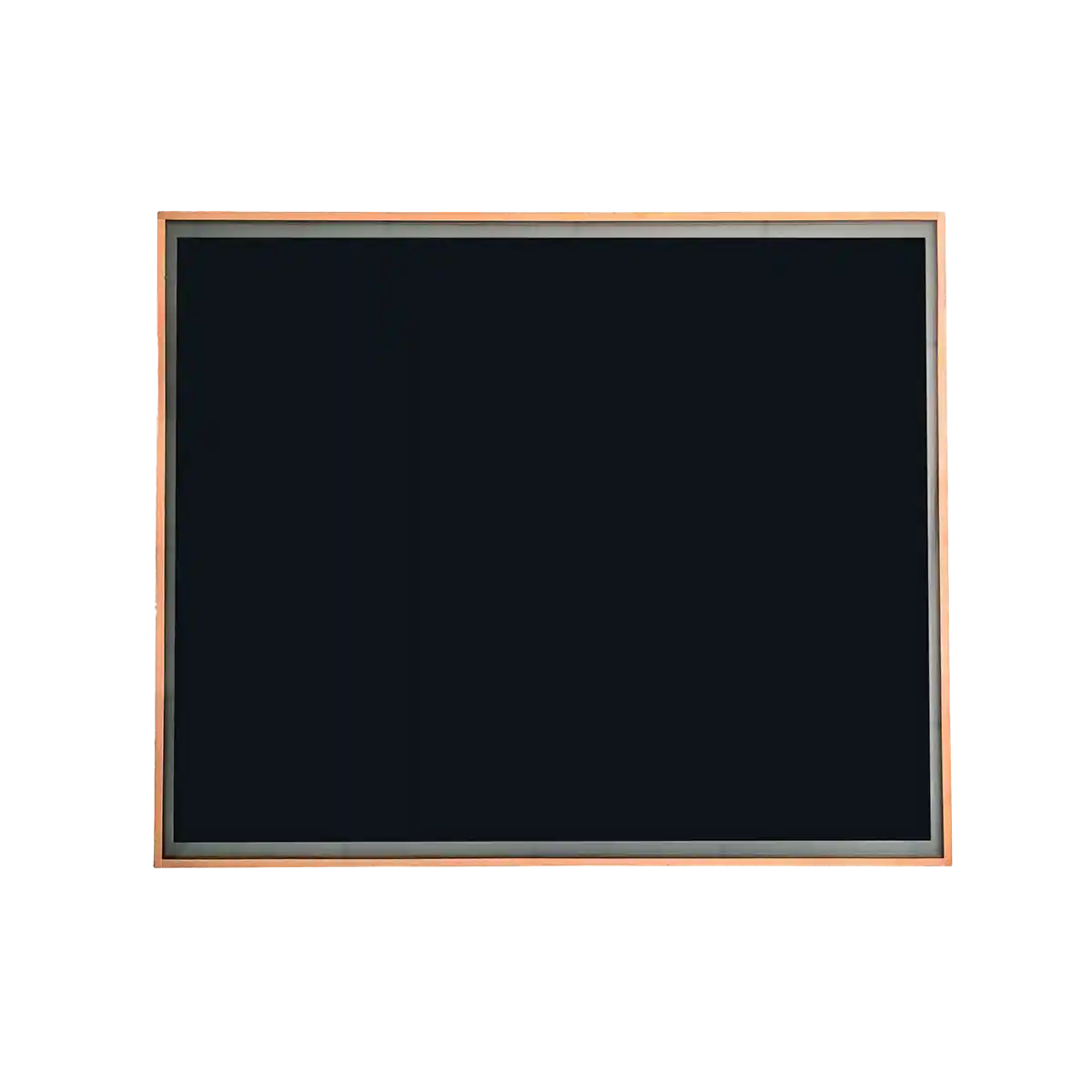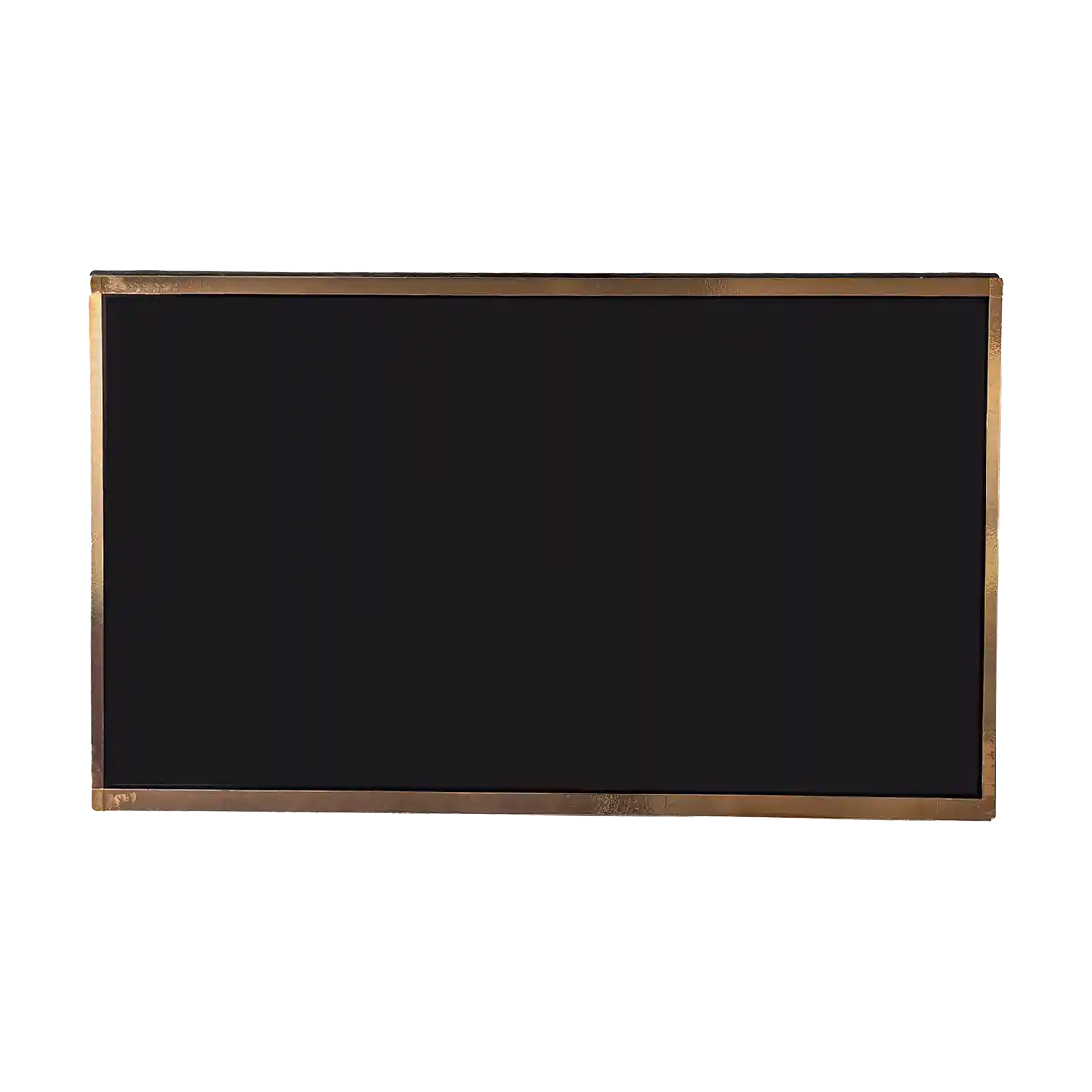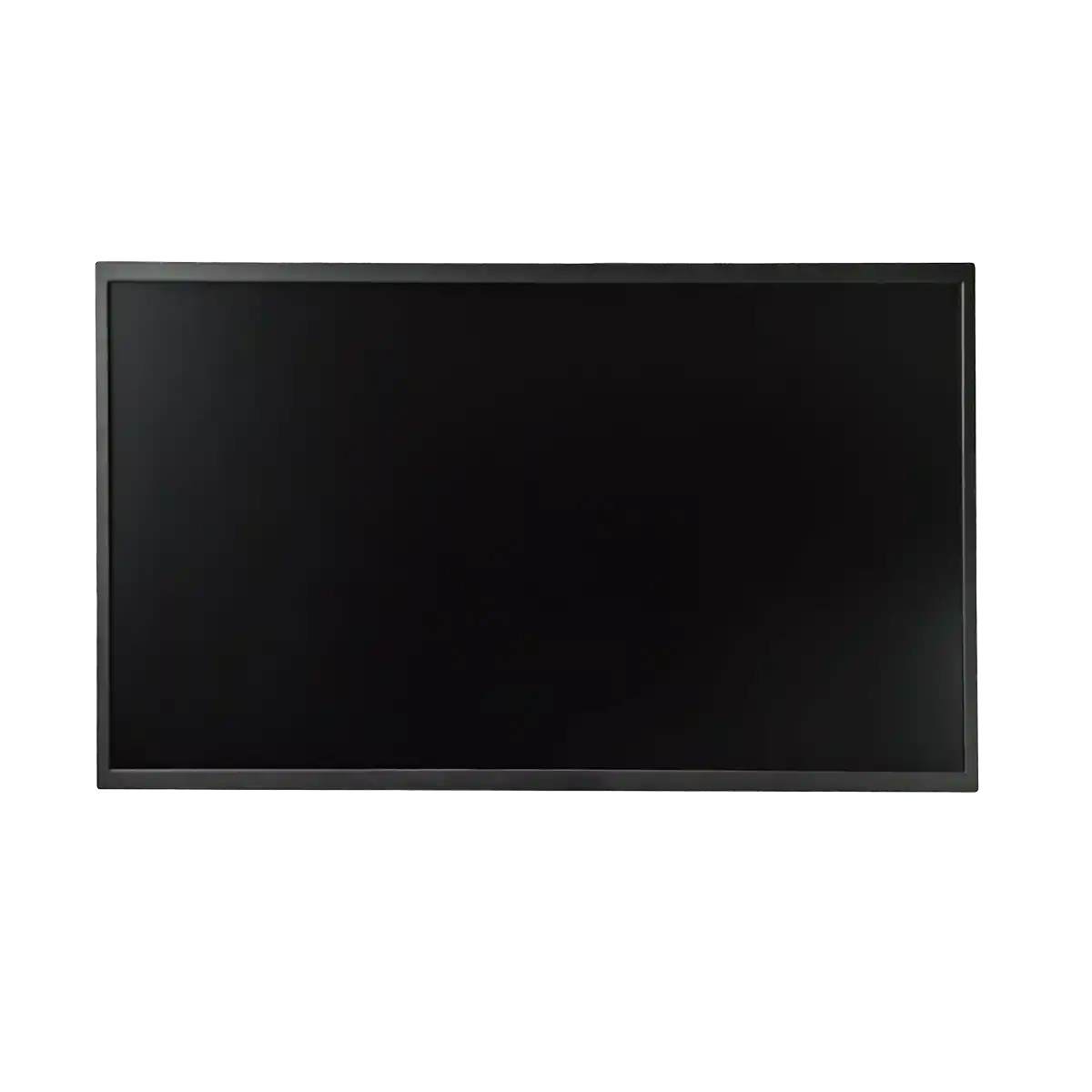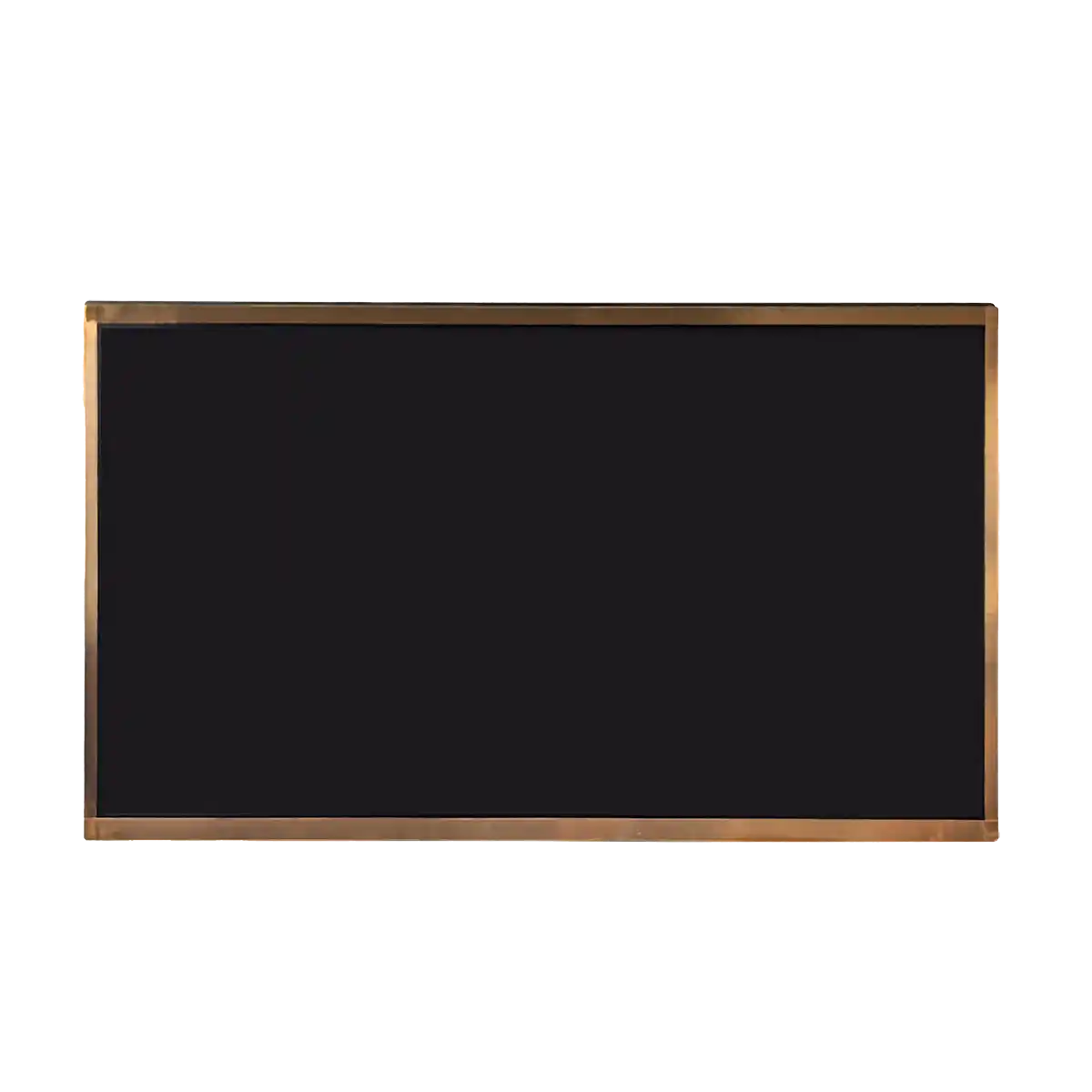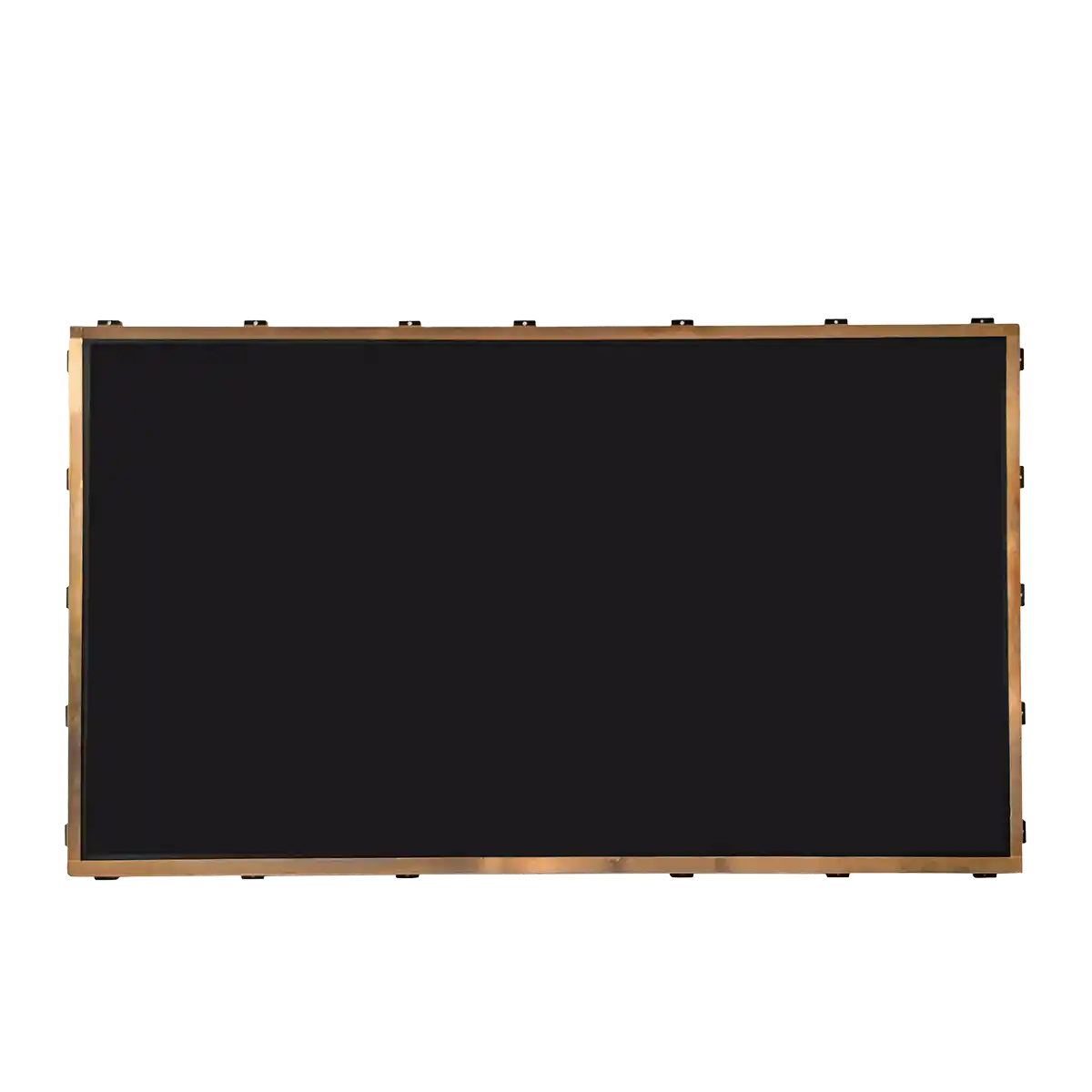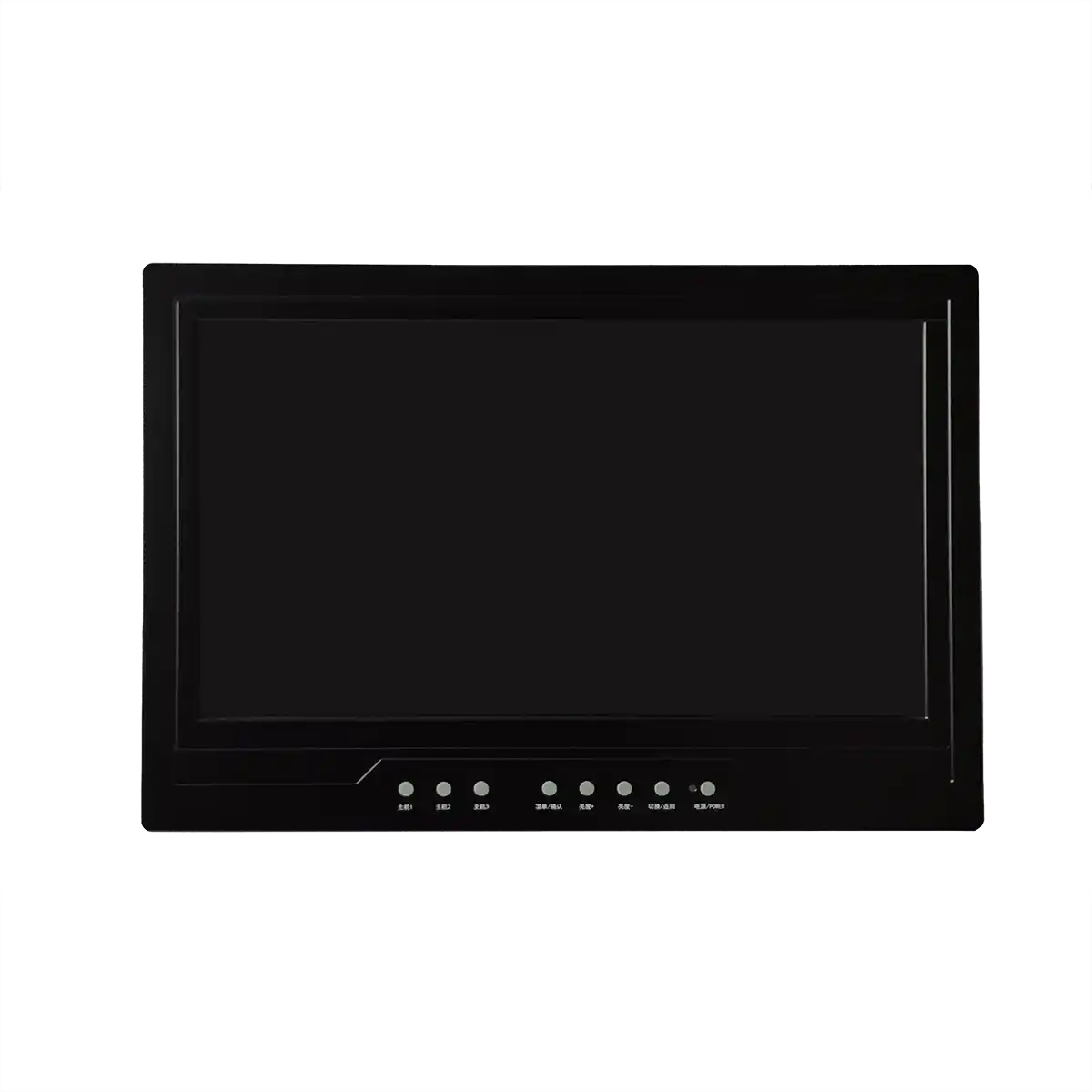Optimal Infrared Display Selection: A TCG058WXLPAPNN-AN30-S Case Study & Guide (2025 Update)
- I. Executive Summary* II. Understanding Display Needs for Infrared Instrumentation
- A. What are the Core Requirements for Industrial Instrument Displays?
- B. What Specific Display Characteristics are Crucial for Effective Infrared Thermal Imaging?
- C. How Do These Requirements Align with Client Priorities?
- III. In-depth Evaluation: Why Consider the Kyocera TCG058WXLPAPNN-AN30-S?
- A. Comprehensive Specification Analysis: What Does the TCG058WXLPAPNN-AN30-S Offer?
- B. Performance Analysis: How Does It Meet Key Client Criteria?
- C. What is its Power Consumption Profile?
- D. What are its Strengths and Potential Limitations for Infrared Imaging?
- IV. Strategic Pathways: Selecting and Implementing the Optimal Screen
- A. Validating TCG058WXLPAPNN-AN30-S as the Primary Solution: Is It the Right Fit?
- B. Are Performance Enhancements Possible or Necessary?
- C. What Alternative Displays Should Be Considered (Contingency/Future Reference)?
- V. Long-Term Viability: What About Supplier and Product Lifecycle?
- A. How Important is Manufacturer Reputation and Support?
- B. Product Long Lifecycle and Supply Chain Stability: A Key Factor?
- C. What Compliance and Certifications are Relevant?
- VI. Conclusion and Strategic Recommendations: The Way Forward
- A. Final Prioritized Recommendation
- B. Key Client Actions for Validation
- C. Considerations for Future Product Iterations
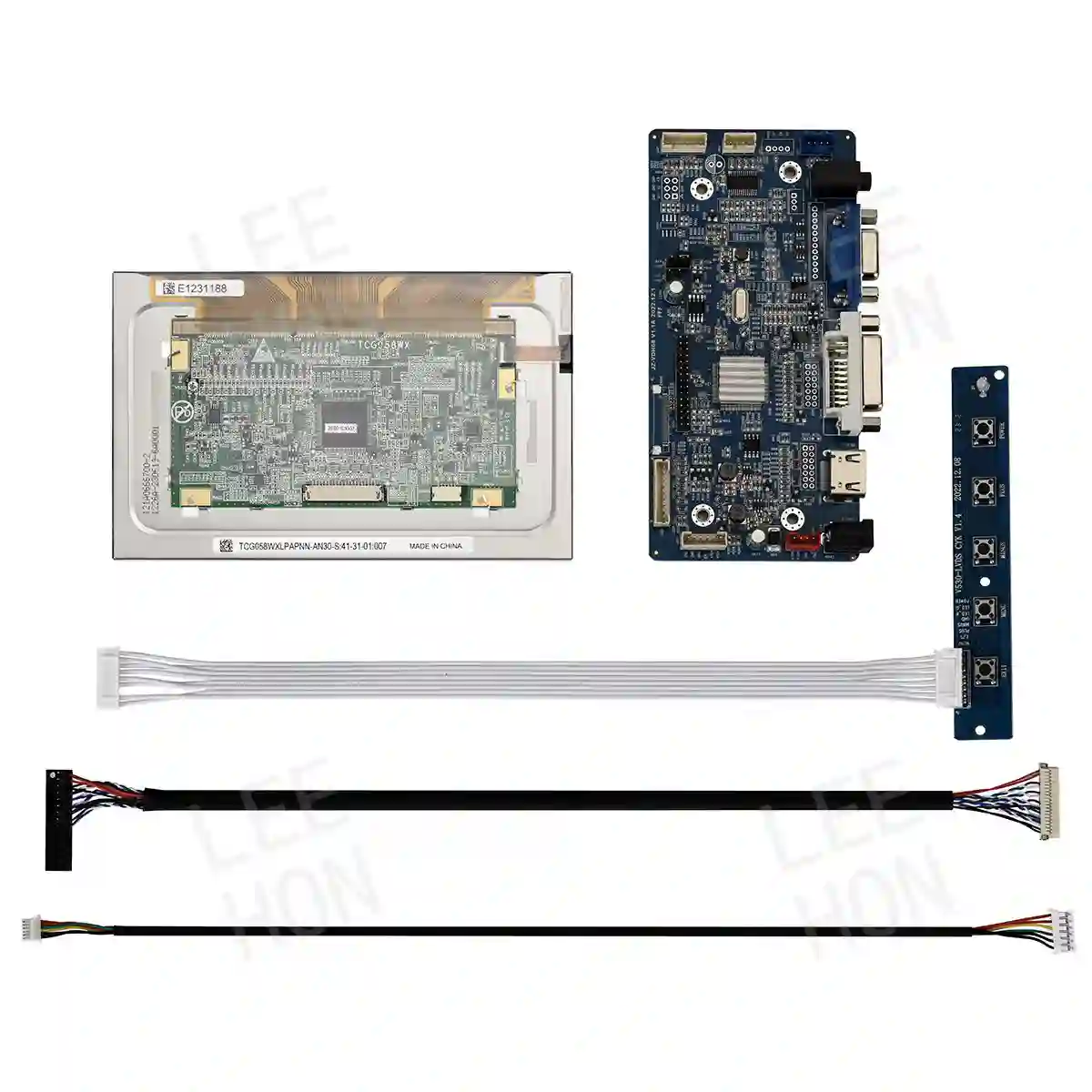
I. Executive Summary
- Purpose and Scope: This report provides a professional strategy for selecting an optimal screen for the client's infrared display instrument, with a detailed evaluation of the Kyocera TCG058WXLPAPNN-AN30-S. It assesses key features such as small size, high resolution, outdoor visibility, wide temperature range, and reliability, crucial for infrared display applications.
- Key Findings:
- The Kyocera TCG058WXLPAPNN-AN30-S emerges as a robust candidate, its core parameters aligning well with industrial instrument needs.
- Infrared thermal imaging presents unique demands, including grayscale fidelity and precise dynamic thermal event representation, which necessitate careful display assessment beyond standard metrics.
- Finding a direct alternative in the 5-6 inch WXGA range that matches or exceeds the TCG058WXLPAPNN-AN30-S in all critical areas (e.g., high brightness, wide temperature) is challenging.
- Key Recommendations: The Kyocera TCG058WXLPAPNN-AN30-S is a highly suitable display, pending final testing for specific infrared imaging performance. Recommendations focus on optimizing its integration and considering long-term supply stability.
- The client's initial focus on the Kyocera TCG058WXLPAPNN-AN30-S suggests an informed preliminary selection, likely leveraging Kyocera's reputation in industrial displays.^^ This shifts our focus to validating its suitability for specialized infrared imaging, rather than a broad market survey. Kyocera's commitment to long-term supply ^^ is a significant advantage for industrial applications.** **
- "Reliable performance" is paramount in instrumentation. Mean Time Between Failures (MTBF) and component lifespan (e.g., backlight) are critical.^^ The TCG058WXLPAPNN-AN30-S offers a 50,000-hour backlight life ^^, supporting long-term operation. Industrial LCDs typically aim for high MTBF values (e.g., 50,000 hours ^^), setting a high bar for any alternatives.** **
II. Understanding Display Needs for Infrared Instrumentation
- A. What are the Core Requirements for Industrial Instrument Displays?
- Environmental Tolerance: Displays must endure harsh conditions like extreme temperatures, humidity, dust, and vibrations.^^ The TCG058WXLPAPNN-AN30-S operates from -20°C to +70°C ^^, suitable for most industrial settings.** **
- Outdoor Readability: Essential for portable or outdoor instruments, requiring high brightness (800 cd/m² for TCG058WXLPAPNN-AN30-S ^^), anti-glare surfaces ^^, and wide viewing angles (85/85/85/85 for Kyocera's AWV technology ^^).** **
- Reliability and Long Lifespan: Key for minimizing downtime and maintenance. Backlight lifespan (50,000 hours for TCG058WXLPAPNN-AN30-S ^^) and MTBF are crucial.^^ Kyocera's long-term supply commitment is also vital.^^
- Power Efficiency: Particularly important for battery-powered devices, though not the primary query focus.
- B. What Specific Display Characteristics are Crucial for Effective Infrared Thermal Imaging?
- Resolution and Pixel Density: Adequate resolution is vital for discerning fine thermal details. The TCG058WXLPAPNN-AN30-S offers 1280x768 (WXGA) on a 5.8-inch screen (257 PPI) ^^, beneficial for clear imaging. Thermal systems often use 320x240 or larger detectors ^^, with RESNET mandating at least 120x120 for thermal imagers.^^
- Contrast Ratio and Dynamic Range: High contrast (1000:1 for TCG058WXLPAPNN-AN30-S ^^) is essential for distinguishing minor temperature differences. Thermal detectors often require a dynamic range of 60 dB or more.^^
- Grayscale and Color Performance:
- Infrared imagers use monochrome (hot-white/hot-black) or color palettes (e.g., 8 color steps) to show temperature variations.^^
- TCG058WXLPAPNN-AN30-S supports 262K/16.7M colors with a 42% NTSC gamut.^^ Its adequacy for thermal palettes needs assessment.** **
- Accurate grayscale reproduction is important, as highlighted by medical DICOM GSDF standards ^^ and deep grayscale lithography needs.^^
- Response Time and Refresh Rate: Critical for observing dynamic thermal events and reducing motion blur.
- TCG058WXLPAPNN-AN30-S response time is reported as 11/9 ms ^^ or 18/12 ms ^^ (Tr/Td) – requiring confirmation.** **
- Sensor response time (e.g., 8-12 ms for uncooled microbolometers ^^) limits accurate frame rates (up to 30-50 fps ^^). The display's refresh rate (60Hz for TCG058WXLPAPNN-AN30-S ^^) should ideally match or exceed this. Industrial video often uses 30-60 fps.^^
- Viewing Angles: Wide angles (85/85/85/85 for TCG058WXLPAPNN-AN30-S ^^) are important for off-axis viewing.** **
- C. How Do These Requirements Align with Client Priorities?
- The client's focus on small size, high resolution, outdoor visibility, wide temperature range, and reliable performance is directly addressed by the aforementioned general and specific display characteristics.
- A potential trade-off exists between extreme brightness for outdoor use and precise color/grayscale reproduction for thermal analysis. High brightness (800+ nits ^^) is needed outdoors, but thermal analysis relies on subtle hue differences.^^ Display processing must ensure brightness doesn't compromise thermal data fidelity. The 1000:1 contrast ratio of the Kyocera display is a positive factor.^^
- The 42% NTSC color gamut ^^ might be a constraint if highly differentiated color palettes are needed for complex thermal scenes.^^ This is standard for many industrial displays but less than specialized imaging screens.** **
- The display's 60Hz refresh rate ^^ is likely sufficient, as uncooled microbolometer thermal time constants (~8-12ms) limit accurate measurement frame rates to ~30-50fps.^^ The system's true "real-time" performance is often sensor-dictated.** **
III. In-depth Evaluation: Why Consider the Kyocera TCG058WXLPAPNN-AN30-S?
- A. Comprehensive Specification Analysis: What Does the TCG058WXLPAPNN-AN30-S Offer?
- This section consolidates all known specifications for a unified view.
- Key Data Points Summary:
- Manufacturer & Model: Kyocera TCG058WXLPAPNN-AN30-S.^^
- Display Technology: a-Si TFT-LCD, LCM, IPS (AWV - Advanced Wide View, Normally Black, Transmissive).^^ AWV claims true color fidelity.^^
- Size & Resolution: 5.8-inch, 1280x768 (WXGA), 257 PPI, 17:10 aspect ratio.^^
- Optical Characteristics: Brightness: 800 cd/m² ^^; Contrast: 1000:1 ^^; Viewing Angle: 85/85/85/85 ^^; Colors: 262K/16.7M, 42% NTSC ^^; Response Time: 11/9 ms ^^ or 18/12 ms ^^ (Tr/Td) (clarification needed); Surface: Anti-glare, Hard coating (3H).^^
- Electrical Characteristics: Interface: LVDS (1ch, 6/8-bit), 20-pin ^^; Logic Voltage: 3.3V ^^; Logic Current: ~275 mA (from similar model ^^, confirmation needed).** **
- Backlight System: WLED, with LED driver ^^; Lifetime: 50,000 hrs ^^; Input: 12V ^^ (current/power data needed).** **
- Mechanical Characteristics: Active Area: 126.72x74.88 mm ^^; Outline: 141.29x88.5x7.49 (or 7.99) mm ^^; Weight: 113g.^^
- Environmental Characteristics: Operating Temp: -20°C to +70°C ^^; Storage Temp: -30°C to +80°C.^^
- Other: RoHS Compliant ^^; Refresh Rate: 60Hz.^^
- Table 1: Kyocera TCG058WXLPAPNN-AN30-S Key Specifications
| Parameter Category | Parameter Name | Specification Value | References |
|---|---|---|---|
| Basic Information | Manufacturer & Model | Kyocera TCG058WXLPAPNN-AN30-S | ^^ |
| Display Technology | a-Si TFT-LCD, AWV (IPS-type), Normally Black, Transmissive | ^^ | |
| Size & Resolution | 5.8-inch, 1280x768 (WXGA), 257 PPI | ^^ | |
| Optical Characteristics | Brightness | 800 cd/m² (Typ.) | ^^ |
| Contrast Ratio | 1000:1 (Typ.) | ^^ | |
| Viewing Angle (CR≥10) | 85/85/85/85 (L/R/U/D, Typ.) | ^^ | |
| Display Colors/Gamut | 262K/16.7M (6/8-bit), 42% NTSC | ^^ | |
| Response Time (Tr/Td) | 11/9 ms (Typ.)^^or 18/12 ms (Typ.)^^ | Needs Confirmation | |
| Surface Treatment | Anti-glare, Hard coating (3H) | ^^ | |
| Electrical Characteristics | Interface | LVDS (1 channel, 6/8-bit), 20-pin Connector | ^^ |
| Logic Supply Voltage | 3.3V (Typ.) | ^^ | |
| Logic Supply Current | Approx. 275 mA (Ref. similar model TCG058WXLPBVNN-AN30) | ^^ | |
| Backlight System | Type | WLED, with LED Driver | ^^ |
| Lifetime | 50,000 hours (Typ.) | ^^ | |
| Backlight Power Input | 12V | ^^ | |
| Mechanical Characteristics | Active Area (WxH) | 126.72 x 74.88 mm | ^^ |
| Outline Dimensions (WxHxD) | 141.29 x 88.5 x 7.49 (or 7.99) mm | ^^ | |
| Weight | 113g (Typ.) | ^^ | |
| Environmental Characteristics | Operating Temperature | -20°C ~ +70°C | ^^ |
| Storage Temperature | -30°C ~ +80°C | ^^ | |
| Reliability | RoHS | Compliant | ^^ |
*This table consolidates data from multiple sources [5, 6, 9, 11, 14, 20], providing a quick reference and factual basis for analysis.*
- B. Performance Analysis: How Does It Meet Key Client Criteria?
- Small Size & High Resolution: Its 5.8-inch WXGA (1280x768) screen offers 257 PPI ^^, excellent for detailed image presentation in compact instruments, aiding thermal data visualization.** **
- Outdoor Visibility: Achieved through 800 cd/m² brightness ^^, anti-glare surface ^^, and Kyocera's Advanced Wide View (AWV) technology (IPS-like, 85°/85°/85°/85° angles ^^). AWV ensures stable color and contrast off-axis.^^
- Wide Temperature Operation: The -20°C to +70°C range ^^ is standard for industrial displays ^^, suitable for diverse environments.** **
- Reliability: A 50,000-hour WLED backlight life ^^ (over 5.7 years continuous) indicates good long-term performance, supported by Kyocera's reputation.^^
- C. What is its Power Consumption Profile?
-
Logic Circuit: ~0.9W (3.3V @ ~275 mA, based on similar model TCG058WXLPBVNN-AN30 ^^).** **
-
Backlight: 12V input.^^ Current/power not specified for TCG058WXLPAPNN-AN30-S. ** **
- Estimation: A 7-inch, 500-nit Innolux display (G070ACE-LH3) uses ~2.7W for backlight.^^ A 7-inch, 1000-nit display (ETEMB070019ADH6L) uses ~3.24W total.^^ The 5.8-inch, 800-nit Kyocera might consume 2.5W-4W for backlight. Precise data from Kyocera is essential.
-
Total power is logic + backlight, critical for battery-powered designs.
-
- D. What are its Strengths and Potential Limitations for Infrared Imaging?
- Strengths: High resolution in a small form factor, excellent brightness and viewing angles, wide temperature tolerance, and proven industrial reliability. Standard LVDS interface.
- Potential Limitations/Verification Areas:
- 42% NTSC Color Gamut ^^: Sufficient for thermal palette differentiation?** **
- Response Time Discrepancy: 11/9ms ^^ vs. 18/12ms.^^ Both are generally good, but faster is better for dynamic thermal scenes. Confirmation needed.
- Grayscale Linearity: Performance in rendering subtle thermal gradients? Empirical testing recommended.
- Backlight Power: Precise specification needed for power budgeting.
- The response time discrepancy (11/9ms vs. 18/12ms) is critical. A ~7ms difference can be perceptible in fast-moving thermal images.^^Accurate data from Kyocera is vital.
- Lack of precise backlight current/power data for the 12V input ^^ is an information gap, crucial for portable instrument power budgets.^^
- "Advanced Wide View" (AWV), an IPS-like technology ^^, offers superior color accuracy and consistency across viewing angles compared to TN, essential for interpreting colorized thermal palettes.^^
IV. Strategic Pathways: Selecting and Implementing the Optimal Screen
- A. Validating TCG058WXLPAPNN-AN30-S as the Primary Solution: Is It the Right Fit?
- This display is a strong contender if verifications (response time, backlight power, color gamut suitability) are positive.
- Table 2: Client Needs vs. TCG058WXLPAPNN-AN30-S Features
| Client Need | How TCG058WXLPAPNN-AN30-S Addresses It |
|---|---|
| Small Size | 5.8-inch diagonal, compact outline (141.29x88.5x7.49mm Typ.^^) |
| High Resolution | 1280x768 (WXGA), 257 PPI^^for detailed thermal images |
| Outdoor Visibility | 800 cd/m² brightness^^, anti-glare^^, AWV (85/85/85/85 angles^^) |
| Wide Temperature | -20°C to +70°C operating range^^ |
| Reliable Performance | 50,000-hr backlight^^, reputable industrial supplier (Kyocera^^) |
| Good Contrast (IR) | 1000:1 ratio^^for subtle temperature differentiation |
| Sufficient Response (IR) | 11/9ms or 18/12ms^^(Typ.,needs confirmation) for dynamic events |
*This matrix clearly shows the display's alignment with client requirements.*
* **Rationale:** Strong match on core industrial parameters (brightness, temperature, resolution, reliability [1, 2]).
* **Optimal System Integration:**
* Enclosure design for IP rating (e.g., IP54+ [13]) and ruggedness.
* EMC/EMI shielding for display/cabling (per IEC 61000-6-2, IEC 61000-6-4 [27, 28]).
* Adequate thermal management for the display.
- B. Are Performance Enhancements Possible or Necessary?
- Optical Bonding: Could enhance ruggedness and sunlight readability. Kyocera offers similar models with optical bonding and PCAP touch (e.g., KDA-058OB-20004S-A ^^), indicating capability.** **
- Touch Panel Integration: Base model is non-touch.^^ If needed, Kyocera has PCAP options (e.g., KDA-058OB-20004S-A ^^), offering an upgrade path.** **
- C. What Alternative Displays Should Be Considered (Contingency/Future Reference)?
- Benchmarking Criteria: Alternatives need to match or exceed TCG058WXLPAPNN-AN30-S: ~5.8-inch, WXGA, ≥800 cd/m², -20°C to +70°C, LVDS, IPS/AWV, comparable reliability.
- Market Scan Summary:
- AUO: No direct match in 5-6 inch WXGA, ≥800 nits, LVDS, wide temp IPS from available data.^^ G057VTN01.1 is 5.7" VGA 550 nits.^^
- Innolux: Difficult to find a direct match from available data.^^ G070ACE-LH3 is 7", 500 nits.^^
- Tianma: P-series covers 3.5"-30" with high brightness/wide temp, but specific 5-6 inch WXGA, ≥800 nits, LVDS, IPS model details are lacking.^^
- BOE: Offers 5" & 5.5" models ^^, some for outdoor use with wide temp (^^, BS050HDE-N41-6Q00 is 5" 720x1280 ^^). Finding an exact WXGA, ≥800 nits, LVDS, wide temp IPS match is challenging.** **
- OLED: Current 5.5" WXGA-level options (e.g., ET055AM03, 720x1280 ^^) have lower brightness (300 nits) and narrower temp ranges. Sunlight-readable, long-life OLEDs are emerging ^^ but no clear match yet.** **
- Finding a direct, fully equivalent alternative to the Kyocera TCG058WXLPAPNN-AN30-S is difficult, underscoring its specific feature combination.
- The lack of exact matches from AUO, Innolux, Tianma, and BOE ^^ suggests the Kyocera model serves a specialized niche, making its thorough validation even more crucial.** **
- Kyocera's KDA-058OB-20004S-A ^^ (5.8", 1280x768, 800 nits, LVDS, -20 to 70°C, with optically bonded PCAP touch) indicates Kyocera's capability for touch-enabled variants, offering a potential upgrade path and simplifying future design changes.** **
V. Long-Term Viability: What About Supplier and Product Lifecycle?
- A. How Important is Manufacturer Reputation and Support?
- Kyocera is a recognized industrial display manufacturer known for quality and reliability.^^ Their TCG series is designed for industrial machinery.^^
- Good technical support and documentation from the manufacturer are essential.
- B. Product Long Lifecycle and Supply Chain Stability: A Key Factor?
- Industrial instruments typically have long lifecycles. Kyocera emphasizes long-term availability for its industrial TFTs ^^, crucial for sustained production and maintenance, contrasting with the volatile consumer display market. This reduces risks of sudden End-of-Life (EOL) and forced redesigns.** **
- C. What Compliance and Certifications are Relevant?
- TCG058WXLPAPNN-AN30-S is RoHS compliant.^^
- The final instrument must meet EMC/EMI standards (e.g., IEC/EN 61326; or IEC 61000-6-x series for industrial environments ^^). The display choice impacts this. Careful system-level EMC/EMI design (shielding, grounding) is vital, as the display can be an emission source or susceptible to interference.^^
VI. Conclusion and Strategic Recommendations: The Way Forward
- A. Final Prioritized Recommendation
- The Kyocera TCG058WXLPAPNN-AN30-S is strongly recommended, provided that verifications for infrared-specific performance (grayscale/color fidelity for thermal palettes, confirmed response time, precise backlight power consumption) are satisfactory.
- If these checks are positive, this display offers an excellent balance of features, industrial robustness, and supplier stability for the client's infrared instrument.
- B. Key Client Actions for Validation
- Obtain the latest official datasheet for TCG058WXLPAPNN-AN30-S from Kyocera to confirm response time and backlight power specifications.
- Conduct empirical testing with the actual infrared sensor and imaging software to assess:
- Grayscale linearity and its ability to render subtle thermal gradients.
- Effectiveness and clarity of various color palettes, given the 42% NTSC gamut.^^
- Performance in dynamic thermal scenes (motion blur, clarity).
- Discuss optical bonding with Kyocera as a potential customization if maximum ruggedness or outdoor readability is required.
- Engage Kyocera regarding long-term supply and price stability for projected volumes.
- The effectiveness of this recommendation heavily relies on the client's practical testing. While specifications guide selection, perceived performance in specialized applications like thermal imaging can only be confirmed through hands-on evaluation with the client's specific setup.
- C. Considerations for Future Product Iterations
- If touch input becomes a requirement, evaluate compatible Kyocera touch models (e.g., KDA-058OB-20004S-A ^^) for a potentially smoother transition. This leverages a common core display technology and supplier relationship.^^
- Monitor advancements in small, high-brightness, wide-temperature OLED displays, as this technology may eventually offer compelling alternatives, though current products do not yet fully align with all requirements.^^
Recommended Articles
-
Optimizing Human-Machine Interf
2025-05-29 -
Hangzhou LEEHON Technology Reco
2025-05-28 -
Report: Handheld Drone Ground C
2025-05-27 -
Report Title: Display Screen Se
2025-05-27 -
Downhole Operation Equipment Sc
2025-05-26 -
Optimizing Rail Transit Cockpit
2025-05-26 -
LCD Screen Selection and Soluti
2025-05-23 -
Optimizing Industrial Teach Pen
2025-05-23 -
How to Select a Screen for Ultr
2025-05-22 -
Optimal Infrared Display Select
2025-05-21 -
Machine Tool Control Panel Scre
2025-05-21 -
LCD Screen Selection Strategy a
2025-05-20 -
G057VN01 V2 LCD Panel for Cutti
2025-05-15 -
Why the Textile Industry Choos
2025-05-09 -
Outstanding Application and Adv
2025-04-28 -
Paperless Meeting System LCD Sc
2025-04-15 -
LEEHON's Comprehensive Screen S
2024-11-29 -
LEEHON's Comprehensive Screen S
2024-11-29 -
G104XVN01.0 as a Solution for W
2024-10-09 -
G190ETN01.4 and G150XTN06.0 as
2024-10-09

